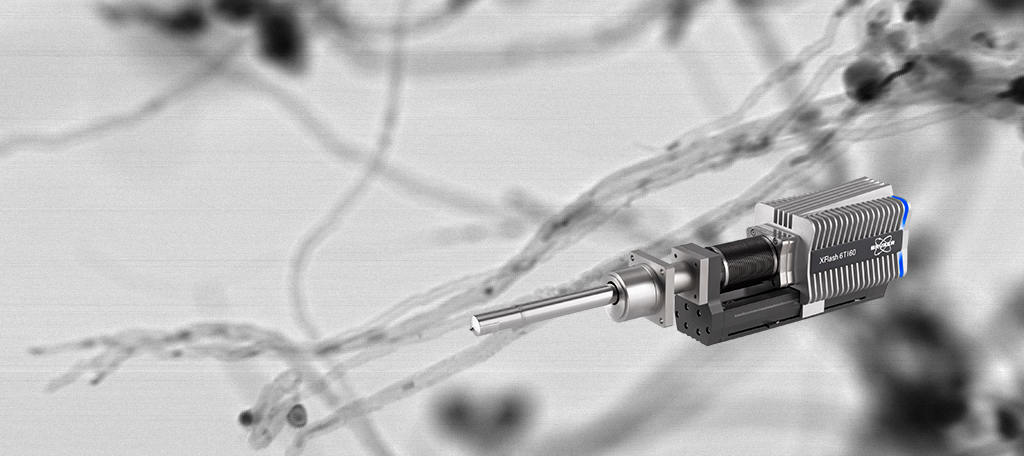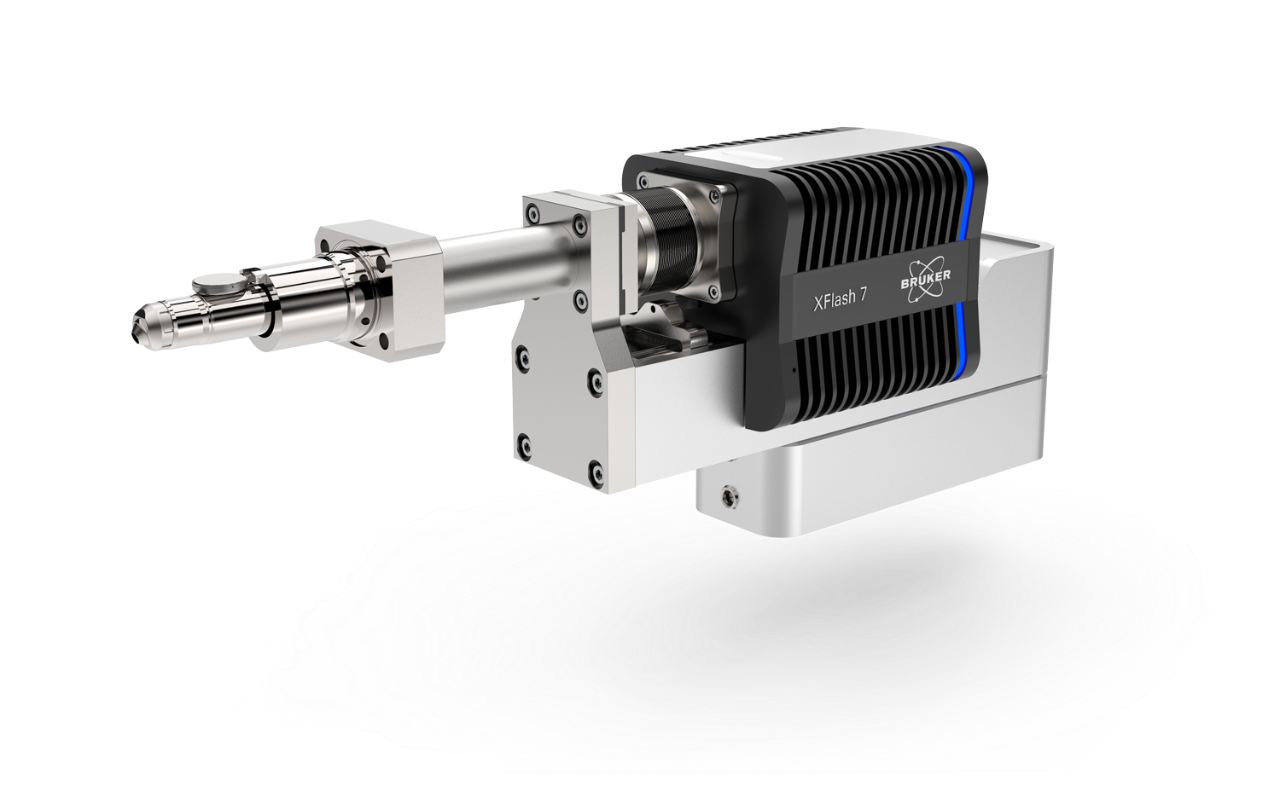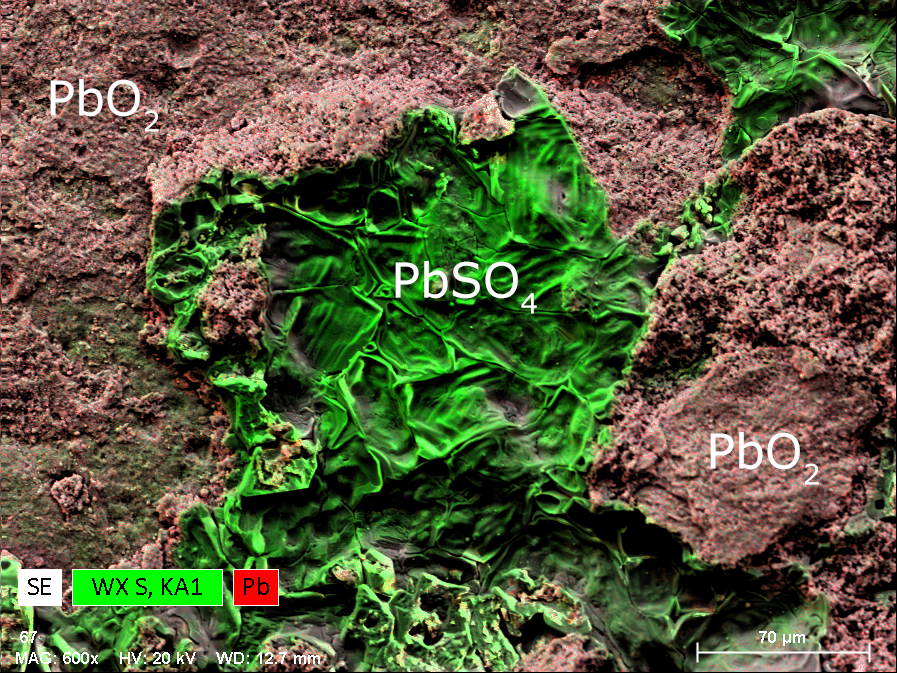

Significance of STEM-EDXS Analysis in the Characterization of Rechargeable Battery Components
Investigating High-Performance LIB Components on the Electron Microscope
On the way towards a green future, incorporating efficient energy storage devices such as Li-ion batteries (LIBs) is essential. To improve LIBs’ lifetime, the nanoscale characterization of its component’s materials is critical. LIB cathodes such as Ni-rich NCM (LiNi1-x-yCoxMnyO2) consists of spherical secondary particles formed by a large number of densely packed primary particles. These particles undergo anisotropic volume expansion upon cycling and/or heating (thermal runaway). The microstructural features such as nanopores and phase changes that occur during such processes can be thoroughly explained by various microanalysis techniques involving scanning transmission electron microscopy (STEM) with energy dispersive X-ray spectroscopy (EDXS), electron energy loss spectroscopy (EELS), and complementary techniques such as time-of-flight secondary ion mass spectroscopy (ToF-SIMS) [1,2]. Energy-dispersive X-ray spectroscopy (EDXS) is a crucial technique that can be used to investigate high-performance LIB components such as cathodes and solid electrolytes and therefore help guide material modifications to improve safety and capacity.
This talk discusses the use of STEM-EDXS to identify sulfur impurities inside nanopores and at grain boundaries that otherwise go undetected in EELS. The quick screening and identification of Ni nano-domains in NCM subjected to thermal abuse, the analyses of coatings, and impurities on NCM surfaces that are incorporated during the thin-film depositions are also discussed. These results allow for re-examining the sourcing of precursor material and improving synthesis routes to develop defect-free LIB components that are stable in both operating conditions and unforeseen battery failure situations.
Who Should attend?
• Engineers and Material scientists interested in the microstructural characterization of rechargeable battery components.
• Students and professionals working on the synthesis of LIBs and other battery materials.
Speakers
Michael Malaki, phD Student
Material Science Center, Faculty of Physics, Phillips University Marburg
Dr. Igor Németh
Application Scientist EDS, Bruker Nano Analytics
Watch this Webinar On-Demand
Please enter your details below to gain on-demand access to this webinar.

